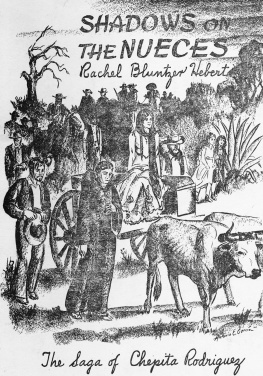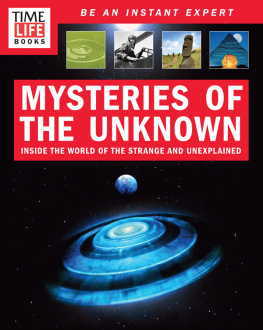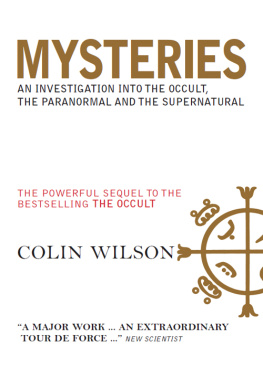Copyright 2009 by Langenscheidt Publishing Group and Moseley Road Inc.
First Skyhorse Publishing edition 2014.
All rights reserved. No part of this book may be reproduced in any manner without the express written consent of the publisher, except in the case of brief excerpts in critical reviews or articles. All inquiries should be addressed to Skyhorse Publishing, 307 West 36th Street, 11th Floor, New York, NY 10018.
Skyhorse Publishing books may be purchased in bulk at special discounts for sales promotion, corporate gifts, fund-raising, or educational purposes. Special editions can also be created to specifications. For details, contact the Special Sales Department, Skyhorse Publishing, 307 West 36th Street, 11th Floor, New York, NY 10018 or .
Skyhorse and Skyhorse Publishing are registered trademarks of Skyhorse Publishing, Inc., a Delaware corporation.
Visit our website at www.skyhorsepublishing.com.
10 9 8 7 6 5 4 3 2 1
Library of Congress Cataloging-in-Publication Data is available on file.
Cover design by Rain Saukas
Cover photo: Thinkstock
Print ISBN: 978-1-62914-457-3
Ebook ISBN: 978-1-63220-136-2
Printed in China
Contents





The Unexplained
The pages of human history abound with unexplained phenomena, shadowy figures, and elusive monsters. Often dismissed as irrelevant fiction, distracting superstition, or outright hoaxes, these mysteries have dogged our footsteps from the most ancient past straight through to the present. Some of them hover at the edge of our will to investigate: who among us truly wishes to come face-to-face with a werewolf or a possessing demon or the wild yeti? We have lost our grip on other mysteries, time and rumors ripping them from the cold light of historical documentation and forcing us to acknowledge that we may never know the truth of some things. The true identity of Jack the Ripper and the facts surrounding the death of Alexander I, tsar of Russia, now rest forever beyond our grasp.
This book probes some of humanitys most lasting and most fascinating mysteries, from controversies surrounding Stone Age travelers to modern monsters, such as the goat-devouring chupacabra and alien visitors. Answers are hard to come by in the wilderness of strange occurrences, but the questions continue to provoke our interest. Did the lost continent of Atlantis exist, and have we already found evidence of its destruction? Did vampires really roam the wolf-haunted nights of the Carpathian Mountains? What beast, if beast it was, left a 40-mile trail over the snow-covered English countryside in 1855? Can we discover a scientific explanation for the disappearances inside the Bermuda Triangle, or must we continue to pay a tithe of lives, ships, and aircraft to the vexatious region?
Some of the mysteries covered here have plagued us since antiquity; the Greek philosopher Plato brought Atlantis to light as a vanished continent, drowned by the wrath of a vengeful god. Now we know that the story may hold at least a grain of truth, with evidence of a massive volcanic eruption and the resulting destruction of an early Mediterranean civilization providing a tantalizing backdrop to the ancient mystery. Similarly the discovery of giant sea squids and the knowledge that we have yet to fully explore the depths of the ancient ocean lend credence to tales of vast sea monsters, which have for centuries terrorized sailors around the world. Other mysteries, such as the ape-like Bigfoot of the North American wilderness, are new on the scene, but have already provoked much speculation and controversy.
If the human experienceall of its history and knowledgecan be envisioned as a map, then the questions covered here sail us into uncharted territory. Eerie tales of the afterlife, monsters of lake, forest, and mountain, and more human mysteries confound and delight those who brave the edges of the map. Delving these dark waters have cost some their reputations, and some their lives, and should indeed be approached with caution; for here, in truth, be dragons.
Colin Wilson
2009
Ancient Mysteries
The Puzzle of the Hobbit People
(100,000 to 10,000 BCE )
Flores is part of a chain of Indonesian islands that includes Sumatra and Java. It was there, in Ling Bua cave, in 2004, that a team of archaeologists discovered a female skeleton that they labeled the Hobbit. Like J. R. R. Tolkiens invention, this creature was tiny: when she died about 18,000 years ago at about 30 years old, she had stood only a little higher than 3 feet and weighed about 55 poundsabout the size of a 3-year-old modern human. These tiny creatures, named Homo floresiensis , likely evolved from another early species of human, Homo erectus , which arrived on Flores about 850,000 years ago.
Soon archaeologists had unearthed additional Hobbit bones in Ling Bua cave. These bones confirmed that this early human had a skull the size of a grapefruit. It looked as though its kind might even be the origin of our legends of little peoplefairies, dwarfs, elves, leprechauns, and the rest.

Homo floresiensis
The Little People
The dates do seem to leave open the possibility that the Hobbit people gave rise to little people folklore. The Hobbit people came to Flores about 100,000 years ago and were around until about 13,000 years ago. Our species, Homo sapiens , has been in Asia and Europe about 40,000 years.
Indonesian folklore describes a creature called Ebu Gogo, which means meat-eating grandmother. This race of little, hairy people had potbellies and ears that stuck out. Were the Ebu Gogo really Homo floresiensis?
The people of Flores believe that these creatures existed as recently as 400 years agowhen the first Portuguese traders arrived on the island in their quest for spices. Others contend that the Ebu Gogo were still around a mere 100 years ago. The local population evidently regarded these little people as scavenging nuisances.

Ling Bua cave on the Indonesian island of Flores. This limestone cave has yielded numerous specimens of Homo floresiensis , also known as the Hobbit people.

Was It Genocide?
Did the Flores locals find the Ebu Gogo so annoying that they eventually exterminated them? An October 30, 2004, article in New Scientist magazine included this account of the Ebu Gogo.























